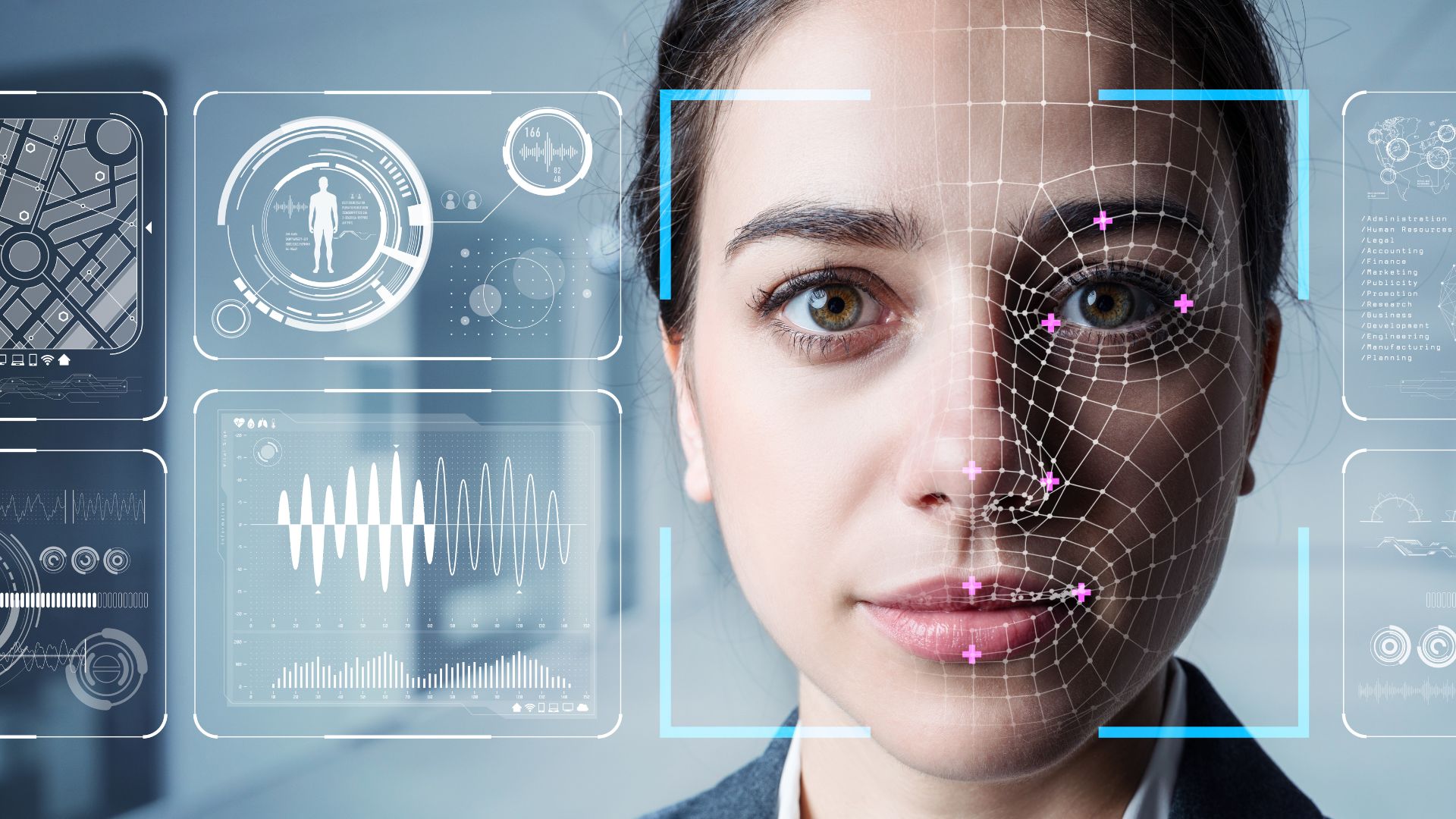HR and artificial intelligence: What’s next?
Cornerstone Article re-written by HR Path
Artificial intelligence has already shown that it can assist in human resources decision-making, whether it’s to attract, retain, or grow talent. But going forward, what more can we anticipate? We spoke to specialist Cyril Le Mat, Director of Data Science at Cornerstone OnDemand.
Let’s define what we mean by “artificial intelligence” first. Contrary to popular opinion, the goal is not to design and build artificial intelligence-emulating computers. Machine intelligence, as opposed to human intellect, is referred to as artificial intelligence. It specifically has to do with their capacity to assess their surroundings and then respond and adapt to them like machines. The goal is to assist humans by carrying out tasks that artificial intelligence can complete more quickly and effectively.
People CV’s , job description, and training requirements are the three categories of information that AI research in the HR field has so far primarily examined and cross-referenced to help HR professionals and employees make informed decisions. According to Cyril Le Mat, “One of the major issues with HR is that the data is that it is a primarily unstructured language containing phrases that are frequently quite subjective.” Law texts lack ambiguity and are objective in nature. In HR, this is not the case. Analysing a CV for example can be challenging because each person’s concepts for the terms used differ widely.
The majority of AI research in HR has been devoted to finding human competences, understanding the relationships that connect different peoples knowledge and skills, helping to define job profiles, and cross-referencing all of this information to create potential future career paths for employees
How AI is currently assisting HR
At the absolute least, AI tools already cover the following fundamental features:
- Automating administrative tasks within HR systems
- Writing role profiles and job descriptions
- Drafting standard documents such as employment and termination letters
What about the future application of AI ?
The following three stand out:
- Recruitment: Ai will be able to screen CV’s, answer applicants questions and set-up interviews. This level of automation will save high levels of time it should also enhance the accuracy of the screening process and therefore lead to better applicants being interviewed.
- Talent Marketplace: The same tools that manage career tracks and facilitate internal mobility are used in the talent marketplace. According to Cyril Le Mat, AI employs auto-detection to suggest information and possibilities to employees based on the skills that the tool helps to identify from their CVs and any other documents in their HR files.
- The LXP (Learning Experience Platform): AI aids workers in determining their current skill sets and any skill gaps that need to be filled to accomplish a professional objective. It can then recommend the training that will support this journey the most.
All of these applications are currently on the market, albeit with varying degrees of performance and development.
The potential development of AI
AI is an innovative technology that is quickly advancing towards general industry acceptance and standardization. Artificial intelligence is by its very nature a dynamic field. Throughout the coming years, we may anticipate that machines will become better at performing what they already do as they become better at learning. AI applications for HR have already demonstrated effectiveness and are expected to be more potent still. Cyril Le Mat says, “Everyone has their peculiarities, their ways of putting things. “AI will better grasp how each person communicates themselves so they may more accurately judge that person’s skills.” As a result, the services and responses will be more and more customized. “For the next ten years, this will be the primary market trend.“
Yet, AI’s contribution to HR won’t end there, according to Cyril Le Mat. “HR decisions and strategic workplace planning will be supported by the organization-wide visualization of skills. The goal is to create visual maps that will aid management in making decisions by using the “skills” data provided by employees. The goal is to transform HR from a reactive job (we have a position that must be filled) to a strategic position capable of conducting a skills gap analysis and identifying necessary training in the future. The recruitment process must help the organization reach its objectives and be capable of seeing development possibilities from talent gaps, among other things. HRMs can present an idea using these visualizations to corporate leaders and decision-makers.
AI will better understand how everyone expresses themself so they can assess that person’s skills more accurately.
Simple in theory, using AI to support strategic decision-making still requires fine-tuning and preparation for mass roll-out. The technologies are already well advanced, however.
“We have around 50,000 defined skills. You could find 5,000 or so in any given company. The challenge is to represent all these skills by mapping them. The 1,000 most important skills will be pooled together according to similarity. The visualization allows you to zoom in and view each skill in its context beside other similar skills, but also to ask questions and compare two entities. We will see many more products of this type being developed to aid global strategic decision-making within organizations.”
Cyril Le Mat, Director of Data Science
Limitations of AI
There is enormous potential for developing artificial intelligence in qualitative and quantitative terms, whether in HR or other applications. At the same time, technology has its limits. “No AI system could claim a detection rate of 99.99% with this type of data,” says Cyril Le Mat. “The challenge is to improve gradually from 95% to 96%, 97%, and so on.” There are at least two things that AI will not be able to do in an HR context, though:
Identify soft skills with absolute accuracy. “These technologies are very good at recognizing anything related to hard skills. When it comes to soft skills, however, it’s hard to get reliable results that really make sense. And we always have the risk of discrimination in HR. We cannot make strong claims in this area. Companies that claim to identify soft skills via AI either stop doing it or are not really doing it.”
Replace humans in decision-making. This is not what AI is all about. According to Cyril Le Mat, its purpose is to “automate tasks that can be automated, leaving humans to focus on tasks with higher added value.” In short, AI suggests that humans choose and decide. “It is important to be aware of the limits of your technology.”
AI’s contribution to HR lies above all in this complementary relationship with humans. “We can say with relative certainty that AI will never replace human decision-making, but it frees up the time spent looking for information and analyzing arguments to open employment opportunities. I was surprised by the extent of the positive feedback from employees and HR managers alike. Tools that incorporate AI are changing the relationship between employees and HR. For example, employees no longer reach out to their HR department for information, but rather to say, ‘I’ve seen this opportunity, can we talk about it?”
Contrary to initial fears, artificial intelligence does not dehumanize workplace relationships. Instead, it benefits everyone involved by giving them more autonomy and greater initiative capacity.




